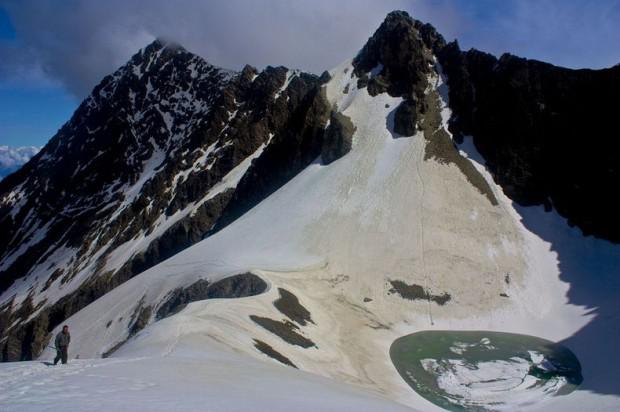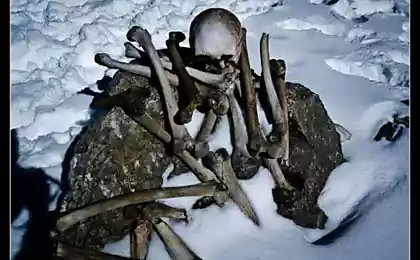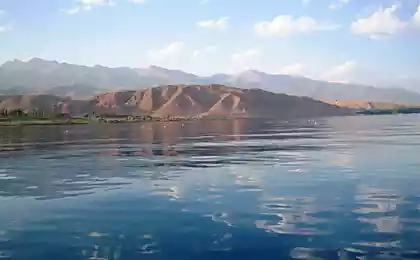1266
Lake skeletons Roopkund

Roopkund - glacial lake located at an altitude of about 5 029 meters in Uttarakhand, India. When the ice melts, hundreds of human skeletons appear on the surface, or swim in the waters. The lake was first discovered in 1942 superintendent of the hunting reserve, although mention of these bones were from the late 19th century. Initially it was thought that the remains of Japanese soldiers who made their way into the area and then killed in Borobia with terrible weather conditions. During World War II, the British immediately sent a team of researchers to determine the nature of these ostankov.

However, after investigation it was found that the corpses could not belong to the Japanese soldiers, as they have a lot of let.

Some British researchers Roopkund and many scientists have suggested that the bones belonged to General Zorovaru Singh from Kashmir, and his soldiers, who are said to have lost their way and perished in the high Himalayas during the return after the Battle of Tibet in 1841. But radiocarbon tests on the corpses in the 1960s and contradicted the theory. Tests vaguely indicated that the skeletons could apply in time to any period between the 12th and 15th stoletiyami.

This has led many historians associate with the corpses of failed attack on Mohammad Tulakov Garhwal Himalaya. Other historians believe that the victim is unknown epidemic. Some anthropologists also theorize ritual samoubiystva.

Only in 2004, when a team of European and Indian scientists traveled to the region on the initiative of the channel National Geographic, really terrible start to show up. Modern DNA analysis has divided the dead into two distinct categories of individuals - some were shorter growth, and the other is much higher. The results also showed that the bodies belong much earlier time. The study determined the radiocarbon date of about 850 years BC. e.

Cracks on their skulls indicated that they died from a fatal blow to the back of the head. Blows were not caused by landslides or avalanches, and were made blunt, round objects in the amount of cricket balls. No damage any other parts of the body meant that the impact produced on top. The only plausible explanation for such a large number of people receiving such similar injury at the same time is something that fell from the sky, such as large grad.

There is no historical evidence of any trade routes to Tibet in this area, but Roopkund located on an important pilgrimage route Nanda Devi cult with festivals taking place every 12 years. The group consisted of 500 - 600 people, was most likely to have been palomnikami.

Travelers are likely to come down the slopes to get fresh water when the weather worsened. Without shelter in the open Himalayas, many, or perhaps all of them were killed. Ice water retained in the body for hundreds of years. Some of them even keep your hair and nails, as well as parts odezhdy.

It is possible that some pilgrims escaped death, they returned back to the village and told about what happened, because the preserved an interesting folklore. Traditional song describes female Himalayan goddess so enraged by outsiders who have polluted her mountain sanctuary, she collapsed on the death of them, throwing "hard as steel" hailstones.
Source: mirfactov.com/






















